Now you know why I don't like this book.
Basic differences between a MOSFET and a FET
A MOSFET is a type of FET. It stands for "metal oxide semiconductor field effect transistor". All MOSFETs are FETs, not all FETs are MOSFETs. But the term is so common that things that are not actually MOSFETs are still called "MOSFETs", so there isn't really much difference; the terms are kind of interchangeable.
FET's do the same thing? But it's when a negative current is applied to the base?
No way, man. FETs don't have bases, they have gates. And gates do not pass current. The "metal oxide" part means that the gate is actually an insulator. No current can flow through the gate unless it's been destroyed. FETs are activated by a voltage on the gate, not a current. The connection is made by capacitance, by an electric field that reaches through the insulator, which is why they're called "field effect transistors".
When you apply a high enough voltage to the gate (relative to the source), the path from source to drain becomes a short circuit, just like a closed switch. When the voltage at the gate is low, the drain-to-source is not connected, like an open switch.
First of all — negative current going to the base — how would you set this up?
Yeah, this confused me when I read this book as a kid, too. Don't think of current in terms of electrons. No one in engineering does. Get a better book and learn about conventional current, which is a flow of imaginary positive charges used to simplify equations and abstract away the charge carriers (which can be electrons, holes, ions, or even protons). Conventional current flows into the base from a higher voltage.
Also, I'm not really sure what a Transistor Amplifier does?
Transistors are not amplifiers, despite what you read in books like this. Transistors are like valves that can be opened and closed electronically. You can use this property to build transistor amplifiers. If you connect it to a power source, you can amplify signals, or switch things on and off, etc.
I think the switch function of FETs should be taught first, since it's the easiest to understand (high voltage → closed switch, low voltage → open switch), then the variable valve amplifier function, then the same functions with BJTs. But books and coursework tend to go in chronological order of when they were first manufactured, which makes no sense to me. FETs were actually invented before the first BJT was manufactured, because they're conceptually simpler.

